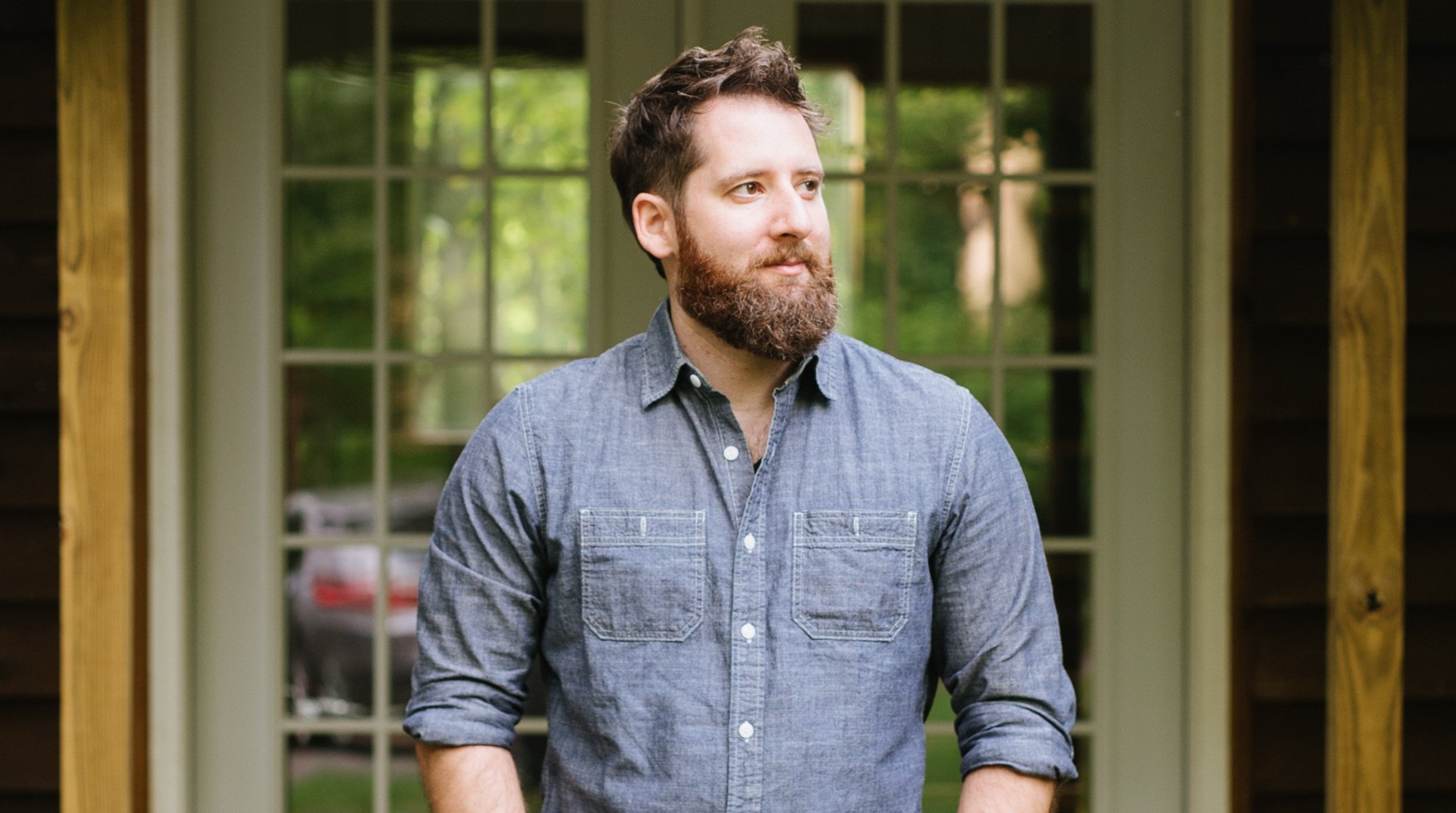Hugelkultur and Soil Mix: How to Fill Raised Garden Beds
What is Hugelkultur?
When we started looking into the best soil mix for our garden, to save some money and for other reasons I’ll explain below, we opted to explore the hugelkultur method for filling raised garden beds. Hugelkultur (German for "hill culture") mounds are often built directly on the ground, but you can use the same principles to fill a raised garden bed. The basic idea is to use old/rotting wood (be sure to identify the wood you're using; some wood is great for hugelkultur, some isn't). We have a ton of old wood on our property from all the trees that fall down after a storm or whenever my daughter sneezes.
I initially went down a rabbit hole about recommended mixes consisting of compost and topsoil but also coconut coir, worm castings, Azomite, Mycorrhizae, peat moss, chicken poop, kelp meal, oyster shell, and fish emulsion. Like a good chili, everyone had their go-to recipe. I'm sure they're all great.
As beginners, we decided to keep the ingredients simple and establish a baseline for our first-year garden. We got a delivery of topsoil and compost from our local Panorama Paydirt, which offered a handy product calculator to determine how many cubic yards of each we’d need. Dirt ain’t cheap, though: compost was around $34/cy, and garden soil (a mix of topsoil and compost) is $42/cy. To completely fill our four raided beds the calculator told us we’d need about 5 cy of each, which totaled around $500. Yikes.
HOW TO BUILD A HUGELKULTUR RAISED BED
Start with a layer of cardboard directly on the ground. This suppresses weeds and attracts worms (some people add a layer of chicken wire or hardware cloth to keep burrowers out, but we didn't).
Then, add a layer of rotting logs, branches, and twigs.
Then we added some of the dirt/grass we'd dug up when we cleared the lawn, grass side down on the logs.
Then, a layer of straw to add nitrogen (hugelkultur adds carbon to your soil, so straw/grass balances it out).
Then, a bunch of compost and, last, a layer of topsoil. I didn't get too picky over the ratio.
Benefits of hugelkultur
You're putting unsightly biomass to work rather than dragging it to the curb or to your woods
Decaying wood provides nutrients, microbes, fungi, insects, worms, and warmth for the soil
The wood retains moisture and provides aeration
You're sequestering carbon into your soil, and
You save time, money, and sweat because you don't need to fill your beds with as much other stuff.
To make it easier, we built a wheelbarrow ramp and put our kids to work.
Then, we were finally ready to plant things! We’ll explore these greens in another post, but for now, let’s stick with the browns…
MULCHING GARDEN BEDS: WOOD vs. STRAW
When we first planted our garden, we got heavy rains followed by weird temperature swings, and within days our soil looked all cracked and compacted and weird on top.
We learned that adding mulch helps:
retain moisture
suppress weeds
regulate soil temperature
and generally make things less weird
We had a ton of wood chips left over from removing a couple trees, so we initially used this as mulch for our garden beds. It looked pretty great!
Then some more experienced friends explained to us that this was a bad idea: wood chips decompose slowly and steal nutrients from the soil. They explained that straw was a better choice—a lighter option that allows vegetable seedlings to push through. So we removed all the wood chips and added straw from a part of our lawn that we'd recently reseeded.
I'm frankly not convinced that the wood chips were too terrible—the soil looked much healthier almost immediately—but the straw has worked well too. We ended up using the wood chips for plenty of other areas, and to create garden paths, laying down a layer of cardboard first to suppress grass and weeds. These will eventually break down and help build the soil life in our garden area.
SOIL PH
Throughout the process of filling our raised beds, we kept hearing about soil pH. All soil is different, and the pH measures whether your soil is too acidic or basic or just right. Most soil pH ranges from about 3 (too acidic) to 10 (too basic or alkaline) and our was mostly in the 6-7 range. This can change over time, and pH makes a difference on whether your crops thrive, whether you get too many weeds, and a host of other issues we’re just barely starting to understand. A great primer on testing and managing soil pH can be found at Well Gardening.
We bought a very basic 3-in-1 soil pH tester, which also measures soil moisture and light, and it gave us enough confidence that our soil was at least in range of being decent (how’s that for scientific?). If you’re way off in one direction or another, you can change the soil’s pH by adding amendments such as limestone, baking soda, and wood ash (to increase pH) or adding compost, fertilizer, or elemental sulfur (to lower pH). Just be careful not to add too much, and if it’s your first growing season with new soil you may just want to hang back and let nature do its thing before monkeying around with the soil too much. Still, a $15 soil tester is a solid investment, and makes it easy to test and retest from season to season and year to year.
—> READ THIS NEXT: “HOW TO PLANT YOUR FIRST SPRING VEGETABLE GARDEN”














